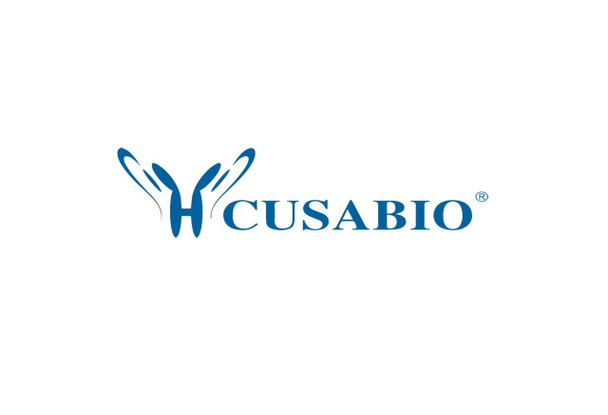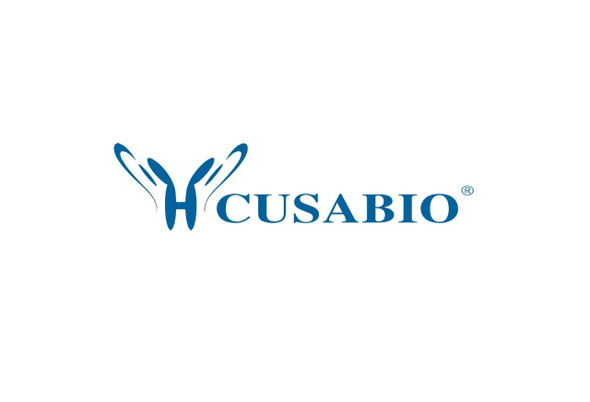Cusabio Mouse Recombinants
Recombinant Mouse Aminoacyl tRNA synthase complex-interacting multifunctional protein 1 (Aimp1) | CSB-EP020871MO
- SKU:
- CSB-EP020871MO
- Availability:
- 13 - 23 Working Days
Description
Recombinant Mouse Aminoacyl tRNA synthase complex-interacting multifunctional protein 1 (Aimp1) | CSB-EP020871MO | Cusabio
Alternative Name(s): Multisynthase complex auxiliary component p43 Cleaved into the following chain: Endothelial monocyte-activating polypeptide 2 Short name: EMAP-2 Alternative name(s): Endothelial monocyte-activating polypeptide II Short name: EMAP-II Small inducible cytokine subfamily E member 1
Gene Names: Aimp1
Research Areas: Cell Biology
Organism: Mus musculus (Mouse)
AA Sequence: ATNDAVLKRLEQKGAEADQIIEYLKQQVALLKEKAILQATMREEKKLRVENAKLKKEIEELKQELILAEIHNGVEQVRVRLSTPLQTNCTASESVVQSPSVATTASPATKEQIKAGEEKKVKEKTEKKGEKKEKQQSAAASTDSKPIDASRLDLRIGCIVTAKKHPDADSLYVEEVDVGEAAPRTVVSGLVNHVPLEQMQNRMVVLLCNLKPAKMRGVLSQAMVMCASSPEKVEILAPPNGSVPGDRITFDAFPGEPDKELNPKKKIWEQIQPDLHTNAECVATYKGAPFEVKGKGVCRAQTMANSGIK
Source: E.coli
Tag Info: N-terminal 6xHis-SUMO-tagged
Expression Region: 2-310aa
Sequence Info: Full Length of Mature Protein
MW: 49.9 kDa
Purity: Greater than 90% as determined by SDS-PAGE.
Relevance: Non-catalytic component of the multisynthase complex. Stimulates the catalytic activity of Cytoplasmic domain arginyl-tRNA synthase. Binds tRNA. Possesses inflammatory cytokine activity. Negatively regulates TGF-beta signaling through stabilization of SMURF2 by binding to SMURF2 and inhibiting its SMAD7-mediated degradation. Involved in glucose homeostasis through induction of glucagon secretion at low glucose levels. Promotes dermal fibroblast proliferation and wound repair. Regulates KDELR1-mediated retention of HSP90B1/gp96 in the endoplasmic reticulum. Plays a role in angiogenesis by inducing endothelial cell migration at low concentrations and endothelian cell apoptosis at high concentrations. Induces maturation of dendritic cells and monocyte cell adhesion. Modulates endothelial cell responses by degrading HIF-1A through interaction with PSMA7 (By similarity).
Reference: "A tissue-specific atlas of mouse protein phosphorylation and expression."Huttlin E.L., Jedrychowski M.P., Elias J.E., Goswami T., Rad R., Beausoleil S.A., Villen J., Haas W., Sowa M.E., Gygi S.P.Cell 143:1174-1189(2010)
Storage: The shelf life is related to many factors, storage state, buffer ingredients, storage temperature and the stability of the protein itself. Generally, the shelf life of liquid form is 6 months at -20?/-80?. The shelf life of lyophilized form is 12 months at -20?/-80?.
Notes: Repeated freezing and thawing is not recommended. Store working aliquots at 4? for up to one week.
Function: Non-catalytic component of the multisynthase complex
Involvement in disease:
Subcellular Location: Nucleus, Cytoplasm, cytosol, Cytoplasmic vesicle, secretory vesicle, Secreted, Endoplasmic reticulum, Golgi apparatus
Protein Families:
Tissue Specificity: Highly expressed in salivary glands and pancreatic alpha cells in the adult (at protein level) (PubMed:17001013). In the embryo, expressed primarily at sites of tissue remodeling such as ganglia, developing bones and teeth (PubMed:9770485).
Paythway:
Form: Liquid or Lyophilized powder
Buffer: If the delivery form is liquid, the default storage buffer is Tris/PBS-based buffer, 5%-50% glycerol. If the delivery form is lyophilized powder, the buffer before lyophilization is Tris/PBS-based buffer, 6% Trehalose, pH 8.0.
Reconstitution: We recommend that this vial be briefly centrifuged prior to opening to bring the contents to the bottom. Please reconstitute protein in deionized sterile water to a concentration of 0.1-1.0 mg/mL.We recommend to add 5-50% of glycerol (final concentration) and aliquot for long-term storage at -20?/-80?. Our default final concentration of glycerol is 50%. Customers could use it as reference.
Uniprot ID: P31230
HGNC Database Link: N/A
UniGene Database Link: UniGene
KEGG Database Link: N/A
STRING Database Link: STRING
OMIM Database Link: N/A









